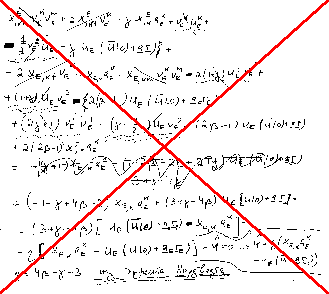
EinS
a Mathematica package for calculations with indexed objects
|
|
EinS
a Mathematica package for calculations with indexed objects |
 Abstract: What can EinS do?
Abstract: What can EinS do?  News about EinS
News about EinS  Publications about EinS
Publications about EinS  A demo of EinS as a Mathematica notebook
A demo of EinS as a Mathematica notebook Download the user manual
Download the user manual Download EinS 2.7
Download EinS 2.7

| automatical handling of dummy indices |
|---|---|

| defining new objects with user-defined symmetries |

| an efficient built-in simplification algorithm for expressions containing dummy indices and objects with user-defined symmetries |

| pretty printing of expressions with dummy indices |

| exporting output into TeX or LaTeX form with user-controlled line-breaking and alignment commands |